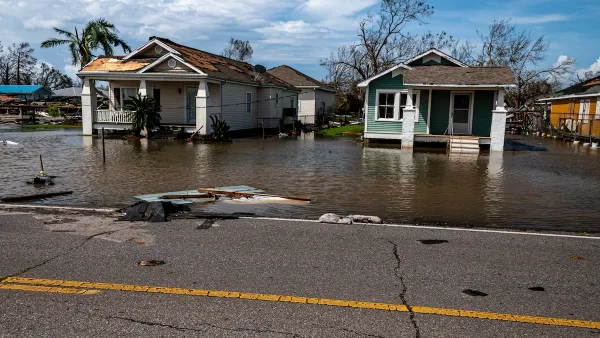The 164-story Barj Dubai is just one of many examples of architecture's new obsession with enormous buildings. While undeniably spectacular, these structures also raise questions about their social and environmental sustainability.
"Big is the new kind of architecture, designed to please a new class of billionaire titans. Extreme architecture appeals to the Versailles in every wannabe king: A penthouse on the 100th floor, where Marie Antoinette deserved to live. Up high, next to heaven.
The current big outsizes the big of the 1990s by a serious stretch. Right now, big means the construction of the Burj Dubai, a 164-storey glass tower with a seemingly endless spire in the middle of the Arabian desert. Big means displays of wealth like we have never seen before - a 60-storey tower in downtown Mumbai that will house the family and offices of one of the world's wealthiest billionaires, Indian business mogul Mukesh Ambani.
Big means nature writ unbelievably large - a 155-storey spiralling work inspired by a seashell and invented for downtown Chicago by the fantastic mind of Spanish architect-engineer Santiago Calatrava. When completed in 2009, the building, estimated to cost $2.4-billion, will become the tallest residential tower in the United States.
Big is where we might live if we can afford it, a place to enjoy the planes passing by. Yet the widening gap between rich and poor means these billion-dollar towers for the extremely wealthy are rising even as urban slums expand down below. Mumbai is nicknamed Slumbai, but it's there Mukesh Ambani will find room for his heli-pad and staff of hundreds in his new tower.
And big can be a problem for the planet, too - if only there were a way to create uber-skyscrapers powered by wind turbines rather than designing them to suck the life out of the Earth."
FULL STORY: The next very, very big things

Planetizen Federal Action Tracker
A weekly monitor of how Trump’s orders and actions are impacting planners and planning in America.

Vehicle-related Deaths Drop 29% in Richmond, VA
The seventh year of the city's Vision Zero strategy also cut the number of people killed in alcohol-related crashes by half.

As Trump Phases Out FEMA, Is It Time to Flee the Floodplains?
With less federal funding available for disaster relief efforts, the need to relocate at-risk communities is more urgent than ever.

SEPTA Budget Slashes Service by 45 Percent
The Philadelphia-area transit agency is legally tasked with maintaining a balanced budget. Officials hope the state will come to the rescue with additional funding.

Connecticut Governor Vetoes Housing Bill
Gov. Lamont reversed his view on a controversial affordable housing bill that would have required municipalities to zone for set amounts of affordable housing to receive state funding.

NJ Transit Trains Delayed by Extreme Heat
Breakdowns in the subway network’s HVAC system caused dangerously high temperatures on platforms, while heat-induced track expansion forced trains to slow down.
Urban Design for Planners 1: Software Tools
This six-course series explores essential urban design concepts using open source software and equips planners with the tools they need to participate fully in the urban design process.
Planning for Universal Design
Learn the tools for implementing Universal Design in planning regulations.
Heyer Gruel & Associates PA
JM Goldson LLC
Custer County Colorado
City of Camden Redevelopment Agency
City of Astoria
Transportation Research & Education Center (TREC) at Portland State University
Camden Redevelopment Agency
City of Claremont
Municipality of Princeton (NJ)


























